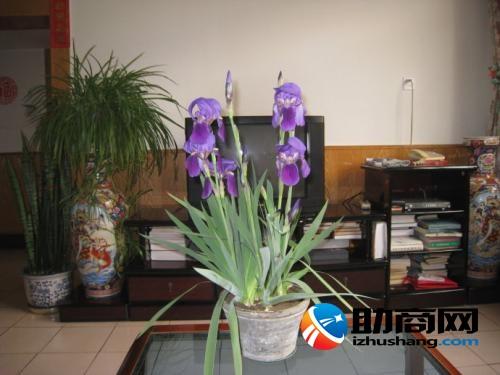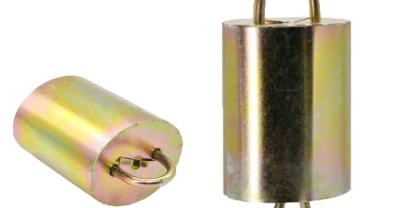Technical points of stone flounder culture in shrimp ponds
In recent years, factory cultured marine fish has sprung up rapidly all over the country. Shrimp pond cultured marine fish is gradually recognized because of its less equipment and material input and high output benefit. Stone flounder, a high-grade marine fish, is loved by the majority of farmers because of its delicate meat, good taste, rich nutrition, fast growth, less disease, best-selling market and many other advantages. Through the experiment of cultivating stone flounder in shrimp ponds, the author has obtained good economic benefits. The main technical points are as follows: first, the conditions and treatment methods of shrimp ponds. The pond used for breeding stone flounder should be close to the sea area. The highest water temperature of shrimp pond in summer should not exceed 29 ℃, and the suitable size should be 15 mu ~ 30 mu. The water depth is more than 2.0 meters, and the intake and drainage is smooth. two。 The bottom of the pool is flat, dominated by fine sand with a diameter of 0.5 mm ~ 1.5 mm. 3. At the end of December, the pond was treated with rake ploughing and exposure, and 60 kg ~ 80 kg of quicklime was applied per mu to kill harmful bacteria, parasites, miscellaneous fish and so on.
Second, release fish fry 1. First fertiliser pond, start to receive water in mid-March, the best time to take water at night, mainly cultivate the basic organisms at the bottom of the pool. The water level in the pond reached 1.2 meters in mid-April. From the beginning of water intake, urea fertilizer pool was applied once every 5 ~ 7 days. two。 Fish fry are caught from the inshore shallow water and are temporarily raised indoors until the end of April. When the size reaches about 150 grams, they are put into shrimp ponds. Before entering the pool, it was washed with 250 × 10 ~ 6 formalin solution for 3 ~ 5 minutes. 3. The stocking density is 800head / mu ~ 1000 / mu. After meticulous culture to September to October, the weight of tail fish can exceed 500g, and the survival rate of culture is more than 90%. 3. Aquaculture management. Bait feeding is mainly to feed frozen fresh mixed fish and shrimp, jade muscle fish, and appropriate amount of eye shrimp. Feed twice a day, 40% in the morning and 60% in the evening. The daily feeding amount is 8% to 9% of the body weight of the fish. It should be fed regularly and at a fixed point, and do not throw spoilage, spoilage or contaminated bait. two。 Domestication is fed at 5: 00, 00: 00, 6: 00 in the morning. First use a small amount of bait to lure food, wait until most of the fish in the pond are concentrated, and then throw more until full. In this way, after a month of domestication, the stone flounder will feed at a fixed time. 3. Water quality management basically does not change water before the first ten days of June, only adding water, the daily addition amount is 5 cm ~ 10 cm, until it is added to the water level of 2.0 meters. Start to change the water in the middle of June, change the water 10 cm ~ 15 cm every day, the water color of the pool should not fluctuate too much. During the high temperature season from the middle of July to the middle of August, the water temperature should be measured regularly every day. When the water temperature reaches or exceeds 28 ℃, the water exchange volume should be increased to ensure the suitable temperature conditions of stone flounder, promote its rapid growth and meet the commodity specifications as soon as possible. 4. The daily work of drug prevention and control should be strengthened, and the feed mixed with antimicrobials should be fed every 15 ~ 20 days. At the same time, piling and hanging medicine bags in the feeding place for in vitro disease prevention.
- Prev

A brief introduction to the efficacy, function and Culture methods of Cymbidium
There are many kinds of herbs in nature, and the characteristics of each kind of herb are different. Have you ever heard of February orchid? February Lan is also called Zhuge vegetable.
- Next

There are differences in size and value of cultured pearls.
General pearls, whether artificially bred or naturally formed, are the most common pearls with a diameter of 0.4-1.0cm, and the smallest, such as corn, is called corn.
Related
- On the eggshell is a badge full of pride. British Poultry Egg Market and Consumer observation
- British study: 72% of Britons are willing to buy native eggs raised by insects
- Guidelines for friendly egg production revised the increase of space in chicken sheds can not be forced to change feathers and lay eggs.
- Risk of delay in customs clearance Australia suspends lobster exports to China
- Pig semen-the Vector of virus Transmission (4)
- Pig semen-the Vector of virus Transmission (3)
- Five common causes of difficult control of classical swine fever in clinic and their countermeasures
- Foot-and-mouth disease is the most effective way to prevent it!
- PED is the number one killer of piglets and has to be guarded against in autumn and winter.
- What is "yellow fat pig"? Have you ever heard the pig collector talk about "yellow fat pig"?

